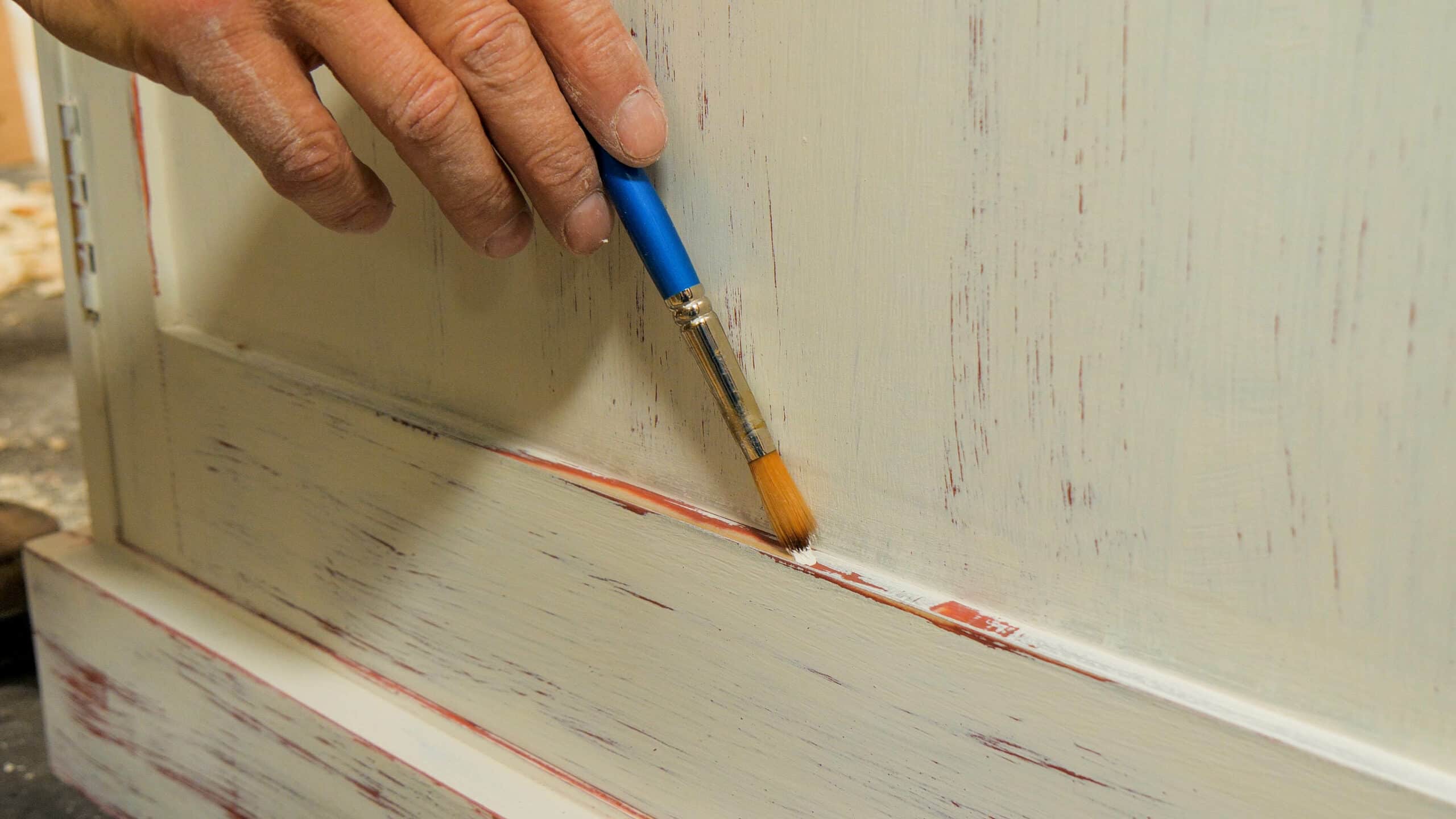Linen Cupboard: Episode 10
Posted 25 November 2020
This is an episode in a paid series. Want to watch it? You just need to sign up as a paid member, and you can enjoy this video and many other videos we think you will love.
The conclusion of any project is seeing all of the work come together as a whole. This final episode is the exciting stage when all the different components fulfill their part in the greater whole so imagine how it feels when you see everything fitting in place. You can make this project from any wood you choose, of course. Door installation can be daunting, but the steps we take show how any inaccuracies can be addressed for a perfect outcome. From the base skirting to catch fitting, painting, and distressing paint for a vintage look, there are many small tricks of the trade throughout this cabinet project. We hope that you will enjoy discovering them and making them yours.
BOOKMARKS:
CREATING THE BOTTOM PEDIMENT: 5:48
FITTING THE DOOR: 13:18
FINISHING: 16:23


I loved your close-up work, Joseph. It really shows us the details, almost as if we were there with Paul. I realize that this was probably a pain, but I hope its a trick that you’ll throw into your regular rotation, at least occasionally. Lovely, and educational, work Paul, of course. Thanks to you both!
Thanks for the compliment David! However, the camerawork in this episode is by our videographer Will and the editing was Natalie.
The style of this episode is one we are going to explore further in the future but, as you say, only one we will use occasionally where we have a lot of repetitive processes we need to convey.
I too liked the close up camera work.
I’m not keen on the voice-over commentary though ; and much as I like the music that you use I found it irritating after a while plus it masks some of what Paul what saying. I really hope you aren’t going to fiddle with a format that has worked so well.
I agree about the music. It was like having to listen to “The Song That Never Ends” for 30 minutes. I eventually turned down the volume to where I could barely hear Paul’s narration.
Linen cupboard, job well done by the master craftsman! Didn’t expect any less!!. Don’t have any need for a linen cupboard at the moment, maybe if I got to making one, someone would. I I have got the workbench up haven’t. Done much more . Looking for enfo- on best type plane mortice & tenon, joining two boards. Thank you.
This kind of pre-mixed milk paint is an acrylic paint and not to be confused with the powder form of milk paint. I don’t think health considerations are a big issue, but it’s just not the same thing and one should be aware of that.
Great project I hope to be able to build eventually. Also looking forward to the traveling joiners toolbox.
Nice to see some attention paid to the finishing process (even though I’m not at all a fan of distressed paint) but could we please, please spare 30 secs after all this work to see the finished piece properly?
I’ve enjoyed this series, as I have all the others – whatever Paul is doing, it’s worth having a look and learn.
Finished up this series, and as usual reinforced things already presented in other projects, as well as introduced new aspects of preparation, construction, and finish. Many thanks for a project well done. Always inspirational.
Paul, when you referred to the bottom support as a “pediment,” did you mean plinth? I’ve always understood a pediment to be an architectural feature at the top of a building entrance, typically triangular in shape. not being critical, just checking my understanding!
Hi Kent,
Paul says:
It can be confusing but not to me. I go back in the etymology of words rather than just accept the status quo so: Associated with ped- “foot.” Other possibilities include Latin pedamentum and Italian pedamento, which at the time this word was used in English meant “foundation, base, basework, footing.” Meaning “base, foundation” is from 1726 by influence of Latin pedem “foot.”
Izzy
Yes,, a pediment is over an opening, or a gable just under a roof.
If the pediment is not continuous over the opening, it is called a broken pediment, which I once couldn’t resist putting in a work order to fix the broken pediment on a building entrance on April fool’s.
The Elgin Marbles stolen from the Parthenon were on the East and West pediments of the building.
AA